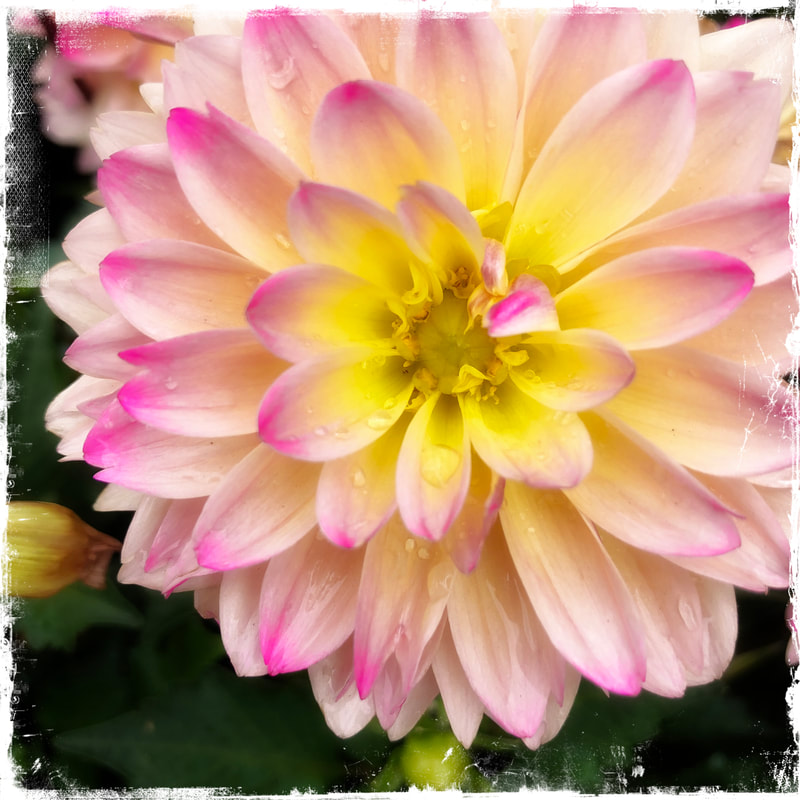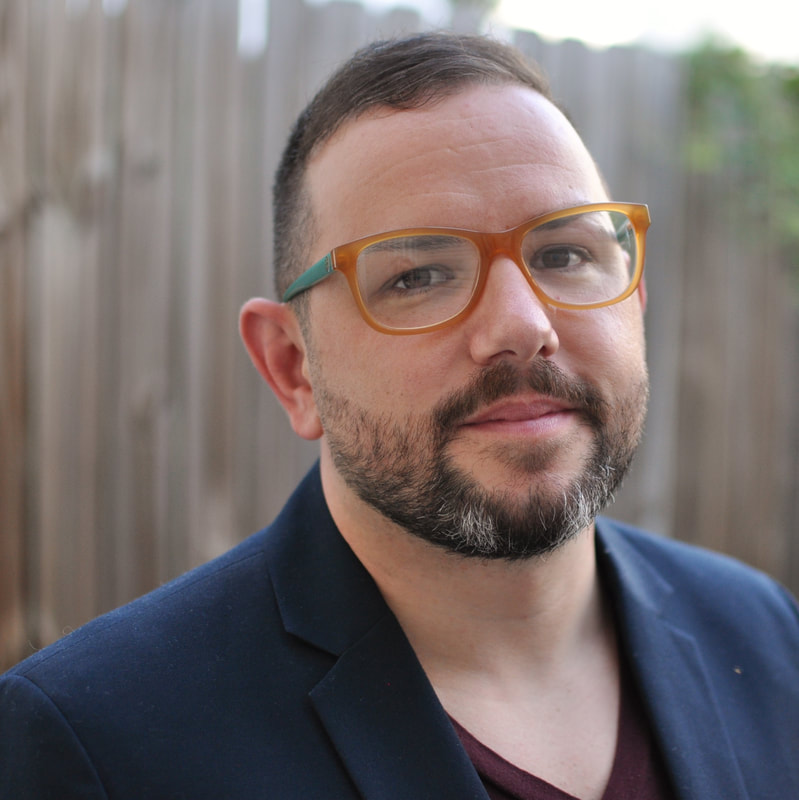ASSAY: A JOURNAL OF NONFICTION STUDIES
7.1
7.1
|
Since the 2016 election, the U.S. has seen a period of extraordinary dishonesty from the executive branch on everything from lies about political opponents, the blurring of what makes news “fake,” the audience at the president’s inauguration and rallies, the denial of global climate-change, discrediting the accounts of sexual assault survivors, denying the realities of disaster relief in Puerto Rico—the list goes on. Daniel Dale, The Washington Bureau Chief of the Toronto Star, maintained a regularly updated fact-checking page that attempted to record all of the lies told by Donald Trump during his presidency. The page claims 5,276 lies from when he took office on January 20, 2017 until June 2019, when the page ceased being updated (Dale).
One optimistic response to this crisis is that the students with whom I work are primed for the issue of “what makes something true.” They are seeing first-hand and frequently how power and privilege sculpt what publics consider “truth,” “facts” and “history.” They get it. They are ready. This situation makes a key question of creative nonfiction more urgent than ever: How does one teach students to write true stories—a term used here to describe all forms of creative nonfiction—when memory, documentation and the nature of “truth” all remain in flux? By bringing together feminist, womanist and Black feminist epistemologies [1] with the creative writing workshop’s exploration of true stories, educators can approach this question with a methodology that offers opportunities for intersectional feminist interventions in the writing classroom, which allows educators to demonstrate how reading and writing exist in social environments, not in a vacuum. For the sake of discussing the matter of truth in writing “true” stories, these epistemologies can be paired with existing feminist pedagogies for a radical revisioning of the creative writing classroom. Together they also act as a bibliography for methods of troubling “truth” in the genre of creative nonfiction. The pyramidal shape of the “creative writing industrial complex” at the start of the twentieth century may make this shift difficult, as institutional change frequently requires investment from those with the power to make systemic change. Though there are already educators of creative writing who have found a place for feminism, critical race theory, postcolonial theory, and Queer, disability and Crip theories within the workshop (or other styles of creative writing classroom), many MFA programs across the U.S. continue to lack engagement in cultural studies. An epistemological shift is likely to require a shift in aesthetics, and such a shift is tied to the continued growth of creative writing programs and their effect on how readers and scholars define creative nonfiction as “true stories, well told” (Gutkind). As such, change will require a commitment from engaged feminists, Black feminists and womanists throughout the academy (particularly those academics who can leverage any sort of privilege) to challenge notions of what is “true” in storytelling and what methods are worthwhile and fair. Likewise, it will take commitment from those interested in revising the workshop (and creative writing education generally) who do not yet identify as feminists, Black feminists or womanists, a commitment to educate themselves about these traditions and how they intersect with pedagogy, writing and reading. Such an approach can revise the creative writing workshop to be less binary and hierarchical by working with students to recontextualize what “nonfiction,” “fact” and “truth” can mean (and have meant historically).
|
|
Anthony Moll is a writer and educator living in Baltimore. They are the author of Out of Step: A Memoir, which won a Lambda Literary Award in 2019, and the 2017 Non/Fiction Prize from The Ohio State University Press. Anthony holds an MFA in creative writing and publishing arts from University of Baltimore, where they specialized in creative nonfiction and poetry, and they are finishing their dissertation for a PhD in English at Morgan State University, where their focus has been poetry, Queer Studies and multicultural approaches to American literature. Anthony is an assistant professor of English at Harford Community College in Maryland.
|

